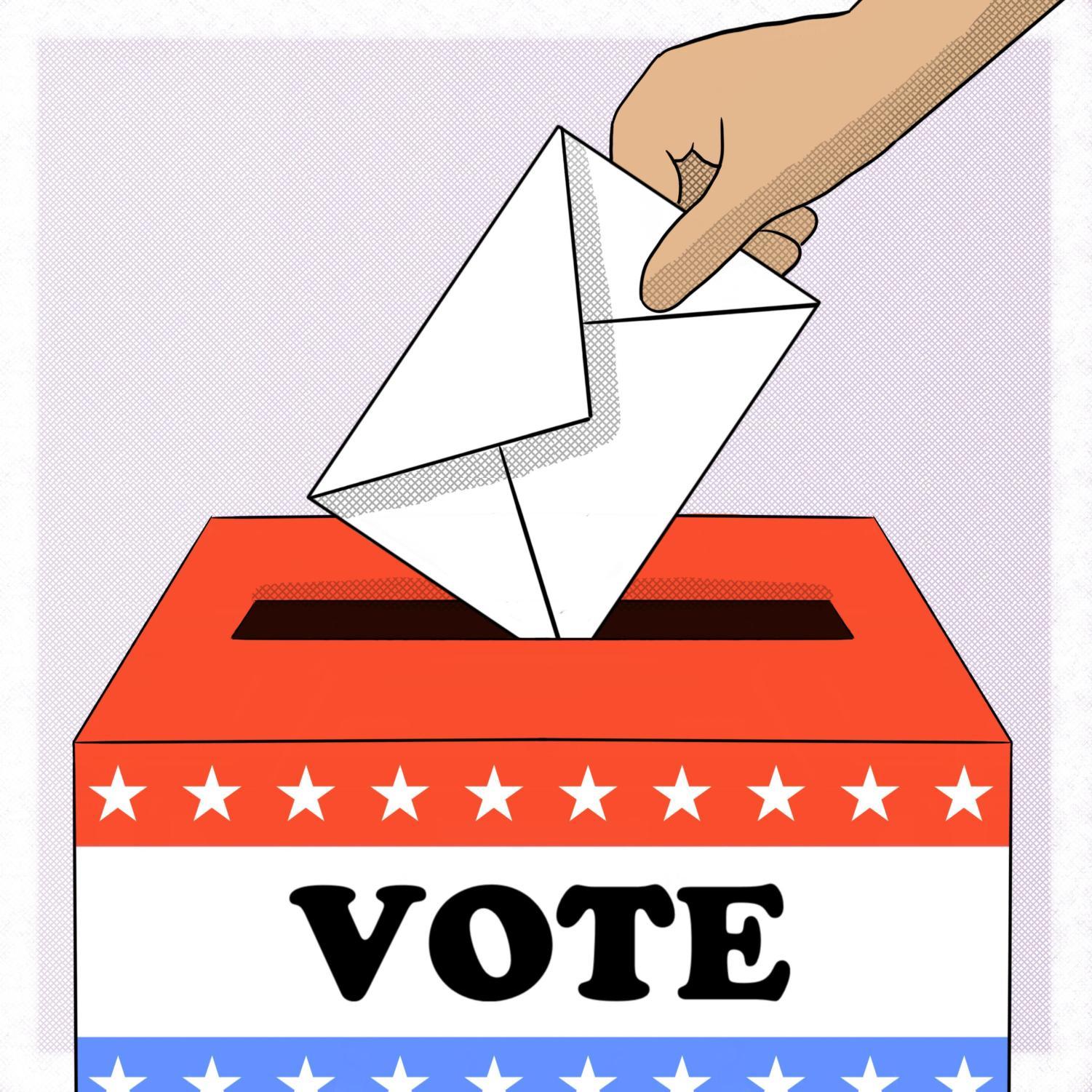Opinion | My experience as a poll worker


The most recent midterm election is a shining example of youth participation in democracy with the second-highest turnout for young voters in the last 30 years. Not only did I vote, but I also decided to sign up and be a poll worker in Scott Township — a suburb of Pittsburgh — on election day.
Though the $170 pay lured me in as a broke college student, the chance to be involved in running an important election was more important. Poll workers tend to be citizens above the age of 60, so it is very pertinent to get more youth participation in our nation’s elections. Youth activism in elections is always low, whether it be due to being too busy or having a blasé attitude toward politics.
Before election day, there was a training session to get familiar with everything that would happen during the day itself. At training, Allegheny County officials covered the few general tasks that would need to be completed during the day, plus setting up and shutting down each machine that either creates or tabulates ballots.
On election morning, I woke up at 5 a.m. to head to my polling station. The precinct, Scott Ward 4 District 1, is not the one I am registered in — and thus had never voted at before — but was not far from my home. Before polls opened at 7 a.m., a few things needed to be done: set up the tables and dividers for voting, and turn on the machines.
Once polls opened, I and the few other poll workers for this precinct started our assigned jobs. I worked the poll book the entire day, which holds a record of every registered voter in the precinct, their party registration and some personal information about their identity. My job was simply to ask people their names as they came in, find them in the book and have them sign next to their name to verify who they were, and handle any issues that came up along the way — such as verifying identity, re-affirming inactive voters and retrieving unused mail-in ballots.
This job was the one I wanted from the start because it gave me the most face-to-face time with each individual voter who entered the polling place. Throughout the day, it became evident to me how powerful it was to be surrounded by so many different people who cared just as much about the state of our country as I did, regardless of political affiliation. Voting for a midterm typically is not high on many people’s priority, but our precinct’s turnout ended up around 75%, and I had the chance to meet 375 different voters in my neighborhood.
In a quick minute-or-so conversation with each voter, you don’t get to learn a lot about them besides surface-level details. The most important thing I learned from this, though, was that you really cannot generalize party affiliation by appearance. Though demographics are important metrics for political alignment, it obviously is not 100% accurate. Some young voters were registered Republican, some older voters were registered Democrat, many women were registered Republican and many blue-collar-looking men were registered Democrat.
These short conversations allowed each voter’s humanity to shine through. For me, it was so easy to generalize about the opposite party, but when presented with them in this situation, I began to break down my own biases. Republicans and Democrats alike just become people, nothing more, nothing less.
Polling stations are also precisely staffed with members of both parties, meaning that no matter how you feel, you have to work with someone from the opposite party. Given that everyone was there for the same reason, it was easy to find common ground and avoid talking politics explicitly. We were all excited together watching turnout slowly increase, talking about the logistics of the polling place, how each functional part was vital and learning about each other’s lives. As the youngest in the room, and a college student, the older poll workers were very excited and supportive, learning about my academic journey and plans for the future.
The worst parts of the day were ones where we had to send voters home, usually because of a mail-in ballot issue. If they requested a mail-in ballot, but never used it — or received it from the county office — they had to turn in that ballot to the polling station in order to vote in person. Many people claimed that they had never received their mail-in ballot in the mail, so they either had to leave or vote on a provisional ballot — which likely would not get counted due to their mail-in request. Other times we had to turn first-time voters away because they did not bring a valid ID.
By the end of the day, we had to tabulate the results by printing out what the voting machine counted throughout the day. Here, my already preconceived notions about how difficult it would be to rig an election were upheld. There are far too many checks and balances, at least in Pennsylvania, to make changing the results of an election easy. We signed voters in, recorded their names twice and tallied them, matching that number to ballots counted on the machine. We checked for discrepancies about once an hour, assuring that every ballot — though anonymous — had a name associated with it. These voting machines, too, were not connected to the Internet in any way, making them unable to be changed via an outside source.
Once the Judge of Elections cleared me to leave around 9 p.m., I felt a sense of accomplishment for being a part of something much bigger than myself. I had seen the results that came out of the machine and formulated a general idea of how Pennsylvania’s elections were going to go. People showed up, all in support of the same cause. More young people should be poll workers in the future.
Paul Beer writes about political affairs and reads too many album reviews. Write back to him (or send music recommendations) at pjb82@pitt.edu.
Recent Posts
SGB introduces new governing code bill and addresses rumors of ICE on campus
At its weekly meeting at Nordy’s Place on Tuesday, Student Government Board introduced an omnibus…
Opinion | School should be in the summer
Although this may be controversial, I believe that from this data, it is evident that…
Weathering the storm: Pittsburgh teams have tackled some of the toughest environments
The end of the year in western Pennsylvania is always marked by two things —…
Notes From an Average Girl // Notes on Book Banning
In this edition of Notes From an Average Girl, senior staff writer Madeline Milchman writes…
To Be Honest // Yup, it is that damn phone
In this edition of To Be Honest, staff writer Evin Verbrugge writes about her phone…
Meaning at the Movies | Portraying Toxic ‘Adolescence’
In this edition of Meaning at the Movies, staff writer Lauren Deaton explores the mini-series…
